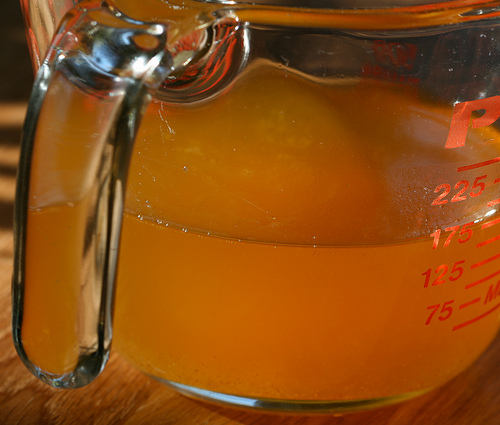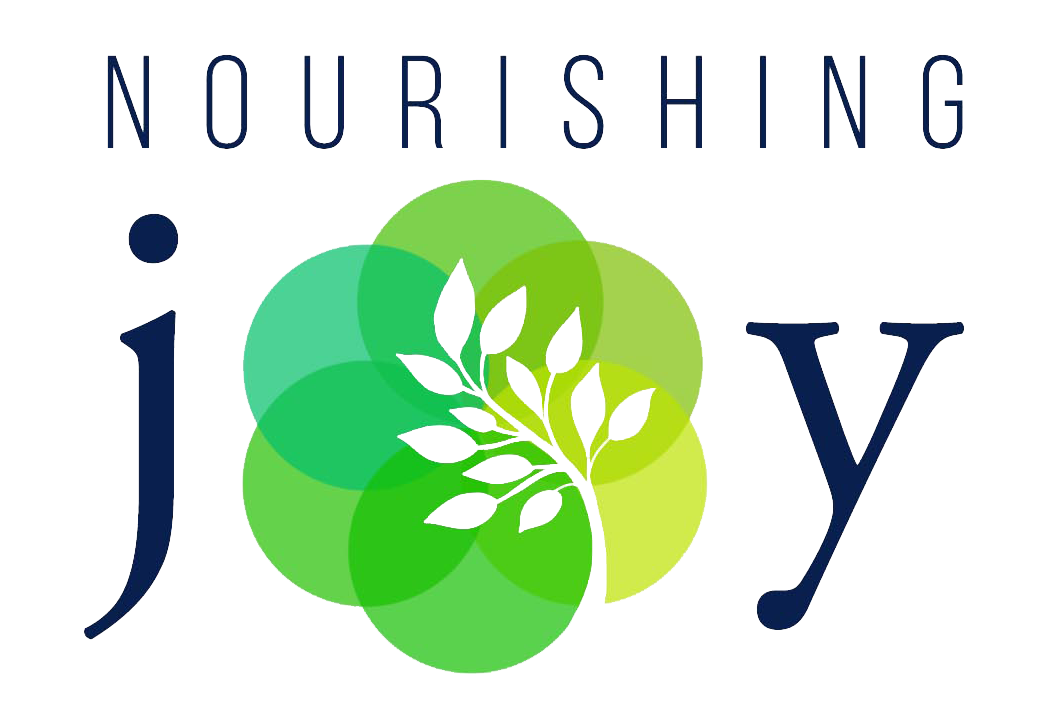How to Make Ghee & Clarified Butter
This post may contain affiliate links, including those from Amazon.com, which means we earn a small commission off your purchases. And here's the thing: We only mention services and products that we think are truly worth your attention, whether they're free, paid, or otherwise. This site relies on YOUR trust, so if we don't stand behind a product 110%, it's not mentioned. Period.
In India, it's called ghee. In France, it's called clarified butter. And while the ayurvedic gurus of India might balk at the fact that I've melded the two, they are basically created the same way and for the same reason – to remove the water and milk solids from butter to create a pure butter oil that has a much higher smoke point and is assimilated into the body much more readily even than butter.
Taking the time to clarify your butter really does make a difference. The flavor of clarified butter is sweet and slightly nutty and it can be used in many more cooking applications than butter because it can be heated at a much higher temperature. The subtle flavors are really unsurpassed!
How to Clarify Butter
This recipe may be made using any quantity of butter, but for a basic batch, just 1 pound of butter is used. One pound of butter will make approximately 12 ounces of clarified butter.
1 lb. unsalted butter
In an ample sized heavy-bottomed saucepan, melt butter over low heat without stirring. If you don't have a heavy-bottomed pan, you may want to use a double-boiler or place two pans on top of each other to keep the butter from burning.
As the mixture begins to bubble, you will see foam begin to rise to the surface. Let the foam gather until there's plenty to skim off easily, then skim the foam from the surface, keeping note of the color of the melted butter underneath. You want to heat the butter until the solids have sunk to the bottom but the butter itself is still a clear, golden color.



At this point, remove the butter from the heat and carefully skim off any remaining foam. Using a small ladle, scoop the butter oil into a storage container (preferably glass or ceramic), making sure to leave the water and browned solids in the pan. You may also line the storage container with cheesecloth and pour the oil in, but be extra careful when pouring to not let any water leave the pot.
And there you have it – fresh clarified butter. You may use it warm as butter oil, such as when making a hollandaise sauce, or use it at room temperature for cooking or as a spread. It may be stored at room temperature for several weeks.



Photo Credit – Steven Jackson Photography




3 Comments